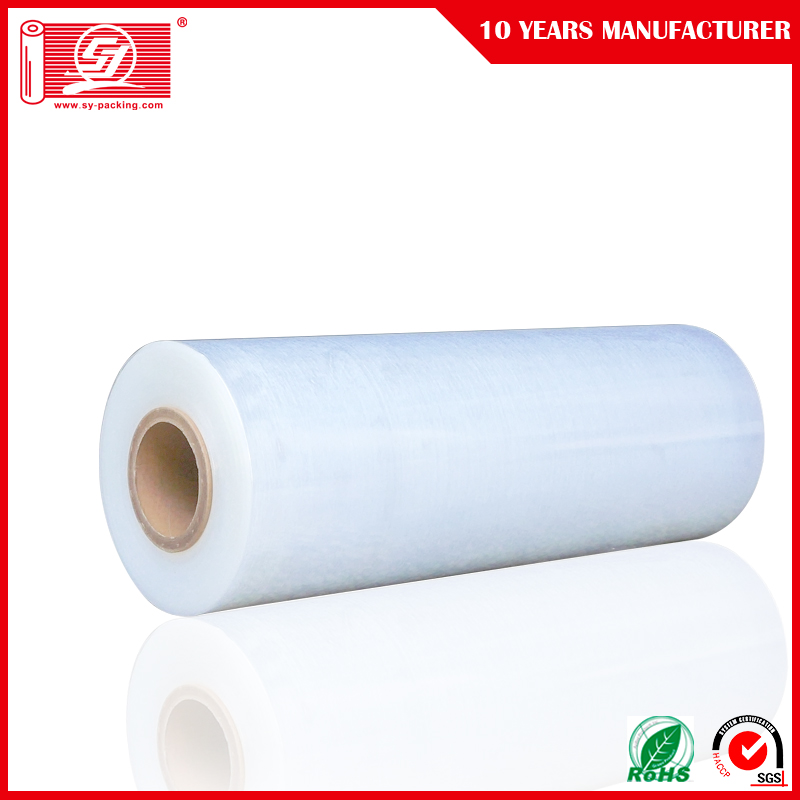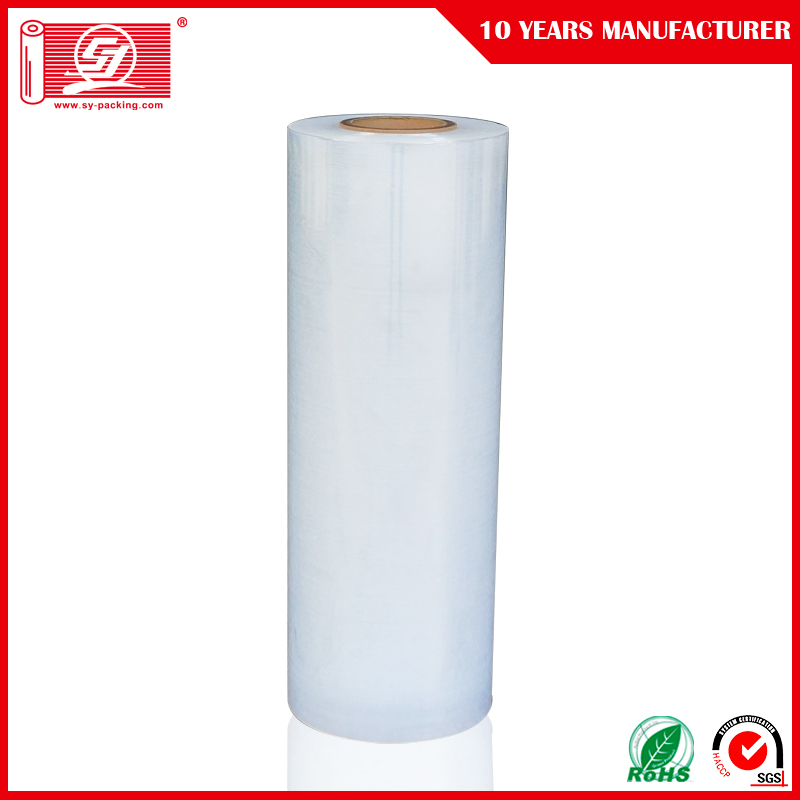At present, UV glazing and solvent-based glazing are commonly used, but the use of water-based lacquers is rare. Varnish is mainly solvent and waterborne. Solvent type is generally based on polyurethane, SBS (styrene-butadiene-styrene block copolymer), EVA (ethylene-vinyl acetate copolymer), polyacrylate as the main resin, with toluene, ethyl acetate, gasoline Such as solvent, supplemented by tackifier resin, plasticizers, antioxidants and other additives. Due to the volatilization of organic solvents, there are disadvantages of flammability, toxicity, and environmental pollution, which are no longer the focus of current research and development. Although UV coating has the advantage of fast drying speed, it is expensive. The water-insoluble polymer material overcomes the disadvantages of the solvent-based coating oil being flammable, toxic, high in energy consumption, polluting the environment, and the like, thus becoming a current paper product. The focus of field development research.
Waterborne Varnish Classification
1, the traditional water-based coating. The main agent of the traditional water-based coating oil is a high molecular polymer dissolved in water or suspended in water. Its water content reaches 50% to 70%. Due to the excessive moisture content, the glazing effect is not ideal, and there is a problem of slow drying and uneven flow.
2, the new water-based coating oil. Adding auxiliaries (mainly surfactants) to traditional waterborne varnishes has resulted in the formation of new waterborne varnishes. Among them, 80% water is replaced by ethylene glycol or propylene glycol, and its appearance is milky white. By adjusting the solid content in the glazing oil, different glazing effects such as high gloss, ordinary gloss, and sheen can be obtained.
The new type of waterborne varnish is in line with the requirements of hygienic and environmental protection, and its application is more and more. It is widely used in the packaging of food, medicine and other products, and the use of waterborne varnish can be recycled through biodegradation.
3, catalytic waterborne varnish. Catalytic waterborne coatings are typically used in web presses with heating devices. It is thermoset and does not re-plasticize when heated, so it can only be calendered using on-line calendering.
Catalytic water-based polishes contain free formaldehyde, which is a carcinogen and harmful to human health. Therefore, from the perspective of hygiene and environmental protection, catalytic water-based coating oils can only be used for prints that do not require high hygiene and environmental protection.
Waterborne Varnish Composition and Application
Water-based coating oil is mainly composed of three main components: a main agent, a solvent, and an auxiliary agent.
1, the main agent. The main agent of waterborne coating is a film-forming resin, usually a synthetic resin, which influences and dominates the physical properties of the deep layers and the glazing qualities of the film, such as gloss, adhesion, and drying properties.
There are many types of aqueous film-forming resins, but the most common ones at home and abroad are acrylic resin copolymer resins. The properties of its copolymer resins depend on the composition of the monomers and the synthesis process. Waterborne acrylic copolymer resin has a series of excellent properties such as good film forming property, good glossiness, high transparency, fast drying speed, abrasion resistance and water resistance, and is widely used in waterborne coating oils.
2, additives. Additives are used to improve the physicochemical properties and processing characteristics of aqueous coatings. Commonly used additives are: curing agents, surfactants, defoamers, desiccants, adhesion promoters, wetting and dispersing agents and other additives.
There are many types of additives, depending on the type of topcoat. However, the amount of all types of additives should not exceed 5% of the total amount, otherwise it will affect the processing flexibility of coating oil.
3, solvent. The main role of the solvent is to disperse or dissolve synthetic resins and various additives.
The solvent of water-based coating oil is mainly water, colorless, odorless, non-toxic, with a wide range of sources, low price, almost zero volatility, and very good leveling property. However, there are also deficiencies, such as slow drying speed, which can easily cause product size instability. Therefore, ethanol is added in an appropriate amount to increase the drying performance of the aqueous solvent and improve the processing suitability of the aqueous coating oil.
The application of waterborne varnish must be based on different glazing methods, paper types, product quality requirements and other comprehensive considerations to achieve good results. When using it, pay attention:
1 During the coating process, the viscosity and solid content of the coating oil must be reasonably controlled. Dilution can only be performed within a certain range of solid content.
2 When selecting the paper type, consider the thickness of the thick paper, and the stability of the paper is poor.
3 It should be noted that the amount of waterborne coating is not easy to control, so the control of the viscosity is critical.
4 In the use of water-based coating can completely eliminate or reduce the use of anti-adhesive dirty agent, because the water-based coating is completely cured, the surface is very smooth, very little sticky.
5 The control of drying time should make full use of the osmotic drying of the water-based coating oil. Another way to increase the drying rate is to increase the ethanol content, but it depends on the actual situation and the viscosity of the coating oil and cannot be arbitrarily adjusted.
In short, whether they are water-based varnishes or other water-based materials, they are not ideal for the printing of non-absorbent substrates (printability is better on paper with good absorbency), and they need to be further improved. And perfect.
The flexo printing machine is finished by the printing unit, so it can also be called "printing light". Can use water-based varnish, or add UV drying system, use UV varnish. There is also a dedicated glazing unit for light on both sides of the front and back, and it can also be used for coating operations on adhesives, which can be combined into stickers for printed products. The gloss coating is thicker than the printing ink layer for better gloss or other effects.
There are quite a few varieties of glazing (printing) materials, and the selection of compatible varnish is a major factor in improving the quality of flexographic products.
Flexographic printing usually involves the addition of a water-based or UV ink at the end of the color sequence to be completed by the printing unit. In addition to enhancing the glossiness of the prints, it is also intended to enhance the physical properties of the print surface to meet the need for on-line processing after printing, as well as the practical requirements of commodity packaging, and become an indispensable process.
Flexographic printing inks are available in both waterborne and UV varnish depending on the product requirements.
Printing ink full version of the printing and local printing.
1 Full-page printing is printed by a special printing roller (rubber roller seam printing plate). root
2 Partial printing needs to be made into a printing plate, and it will be applied to the required parts of the printing product.
It should be pointed out that many printed packaging must use partial printing in order to meet the requirements of post-press processing.
Source: China Ink Web

